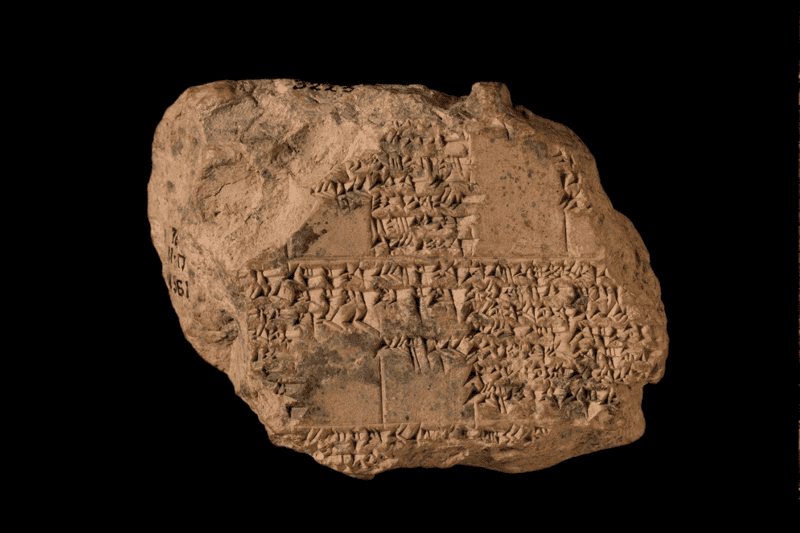Step into the fascinating world of astronomy and discover how the echoes of ancient civilizations still resonate in the cosmos today. They gifted humanity with a profound understanding of the cosmos, a legacy that still influences modern astronomy. Millennia ago, these ingenious cultures meticulously tracked celestial movements, devised intricate calendars, and imbued the stars with spiritual significance.
Today, their astronomical heritage serves as the cornerstone for our exploration of the universe, guiding astronomers in deciphering the mysteries of the night sky and shaping our understanding of the cosmos. Join us on a journey through time as we unravel the enduring impact of ancient cultures on the science of astronomy.
The Sumerians and Babylonians of Mesopotamia

In the ancient cradle of civilization, Mesopotamia, the Sumerians emerged as astronomy pioneers around 3500 BCE. These early stargazers, nestled in the fertile lands of modern-day Iraq, were among the first to turn their eyes to the heavens. Tracking celestial events with awe and curiosity, the Sumerians meticulously observed the night sky and birthed an incipient form of astronomy. Their enduring legacy lies in the creation of a lunar calendar, a testament to their profound understanding of the Moon’s cyclical journey across the sky.
Following in the astronomical footsteps of the Sumerians, the Babylonians, Mesopotamia’s successors, elevated the study of the stars to new heights. Making systematic observations of the sky, these ancient skywatchers honed their craft, unveiling the mysteries of the cosmos. With a stroke of intellectual brilliance, the Babylonians crafted a sophisticated calendar that not only reflected their agricultural pursuits but also enabled them to predict astronomical events.
Lunar eclipses, among the most captivating cosmic displays, succumbed to the predictive prowess of Babylonian astronomers. Through their meticulous observations and innovative calendar systems, the Babylonians laid the groundwork for the mathematical precision that would define future astronomical pursuits.
